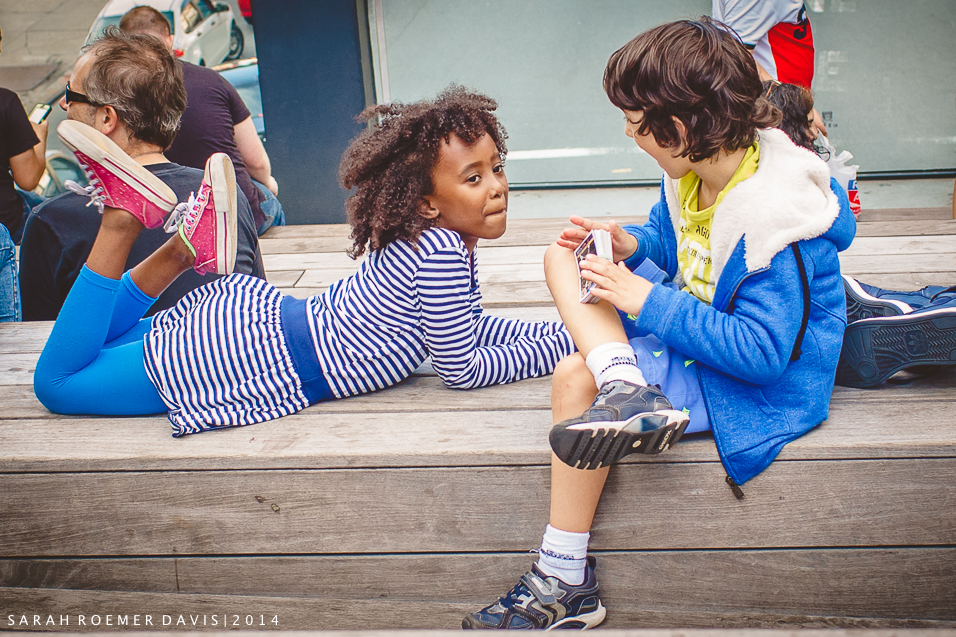Classic Portraiture | Headshot {Week 35}
This week we begin our month-long compositional study of classic portraiture. We begin with one of the most classic portraits of all time – the headshot. A headshot typically comprises the head to shoulder area. Making a good headshot portrait is very important and practical, as many people rely on them for business purposes, framed portraits, online profiles, and as their first visual introduction to the world. To the photographer, the portrait is a challenge and extends far beyond the technicalities as we strive to capture the personality, spirit and essence of the person. You can often see how the subject feels by looking at their eyes. As the saying goes, the eyes are the key to the soul.
Please click HERE to see our gallery.
Boy and his hat




